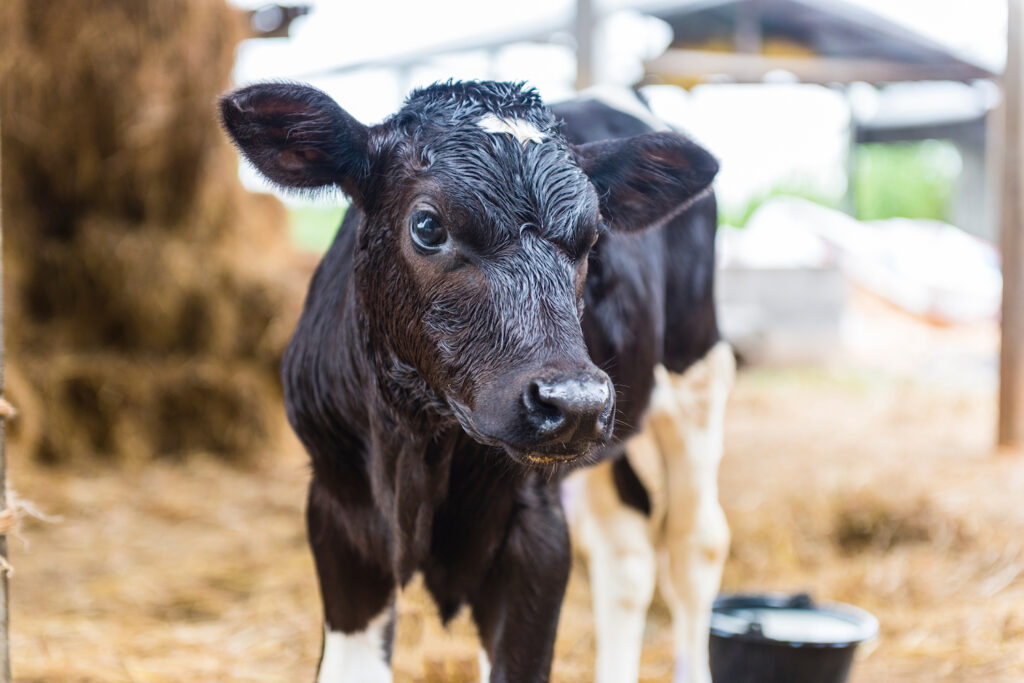Calving: How to maximise your profitability
30th December 2020
Continuing our calving series, large animal vet Katy Peats, of Penbode Farm Vets, offers top tips for pre- and post-calving to help you boost your profitability, stressing the importance of health and nutrition.

For maximum profitability, we should aim for a cow having a calf every year. Nutrition and cow health play a massive role in this and should be monitored carefully during the dry period and early lactation when cows are most at risk, Katy explains.
Pre-calving
The dry period sets the stage for easy calving, cleansing of the uterus and a smooth transition into lactation in terms of feed intake and metabolic problems, and subsequently influences fertility for the following pregnancy.
Key things to consider are:
- Good nutrition and water intake
- first five weeks – far off group: diet should be high fibre and low energy to increase dry matter intake without causing cows to become over conditioned
- last three weeks – close up group: cows should be fed a transition diet
- cow comfort and minimising stress
- healthy hooves
- healthy udders.
Heifers joining the main herd should be introduced to the dry cows 6-8 weeks pre-calving at a time when they will find it easier to cope with big changes.
Post-calving
You should immediately check udders for mastitis and dip the calf’s navel in iodine and ensure colostrum intake is adequate. Provide the cow with a bucket of warm water to drink and ensure more water is available with good quality, palatable feed. Always check for another calf and give the cow an NSAID after consultation with your vet. Calving is a painful experience and administering an NSAID will help to keep her comfortable and increase feed intake.
Early lactation
Keep newly calved cows in a separate group for 14 days to reduce competition with others and reduce stress. For the first ten days, monitor demeanour and temperature (normal 38.4-39ºC). Monitor rumen fill to assess feed intake.
You should also do a vaginal exam – insert a clean, gloved hand into the vagina and examine the discharges on the glove. Discharge should be clear and odourless; it may sometimes contain some small flecks of white. Consult your vet if abnormalities are seen with any of the above checks.
For optimum milk production, cows should be housed in an environment where stress is minimised and cow comfort is optimum. Clean bedding is important, as is the number of cubicles available use. There should be 10 per cent more cubicles than cows. Giving cattle choice allows them to keep their distance from boss cows that may intimidate them, reducing their feed and water intake and reduces the number of animals laying in passageways which is important for mastitis control.
A voluntary waiting period (the time between calving and first insemination) of 40 days should be observed in order to give the uterus time to recover and increase chances of successful first service.
Look out for our next article in the calving season, which covers the top health concerns during calving and how to prevent them.
